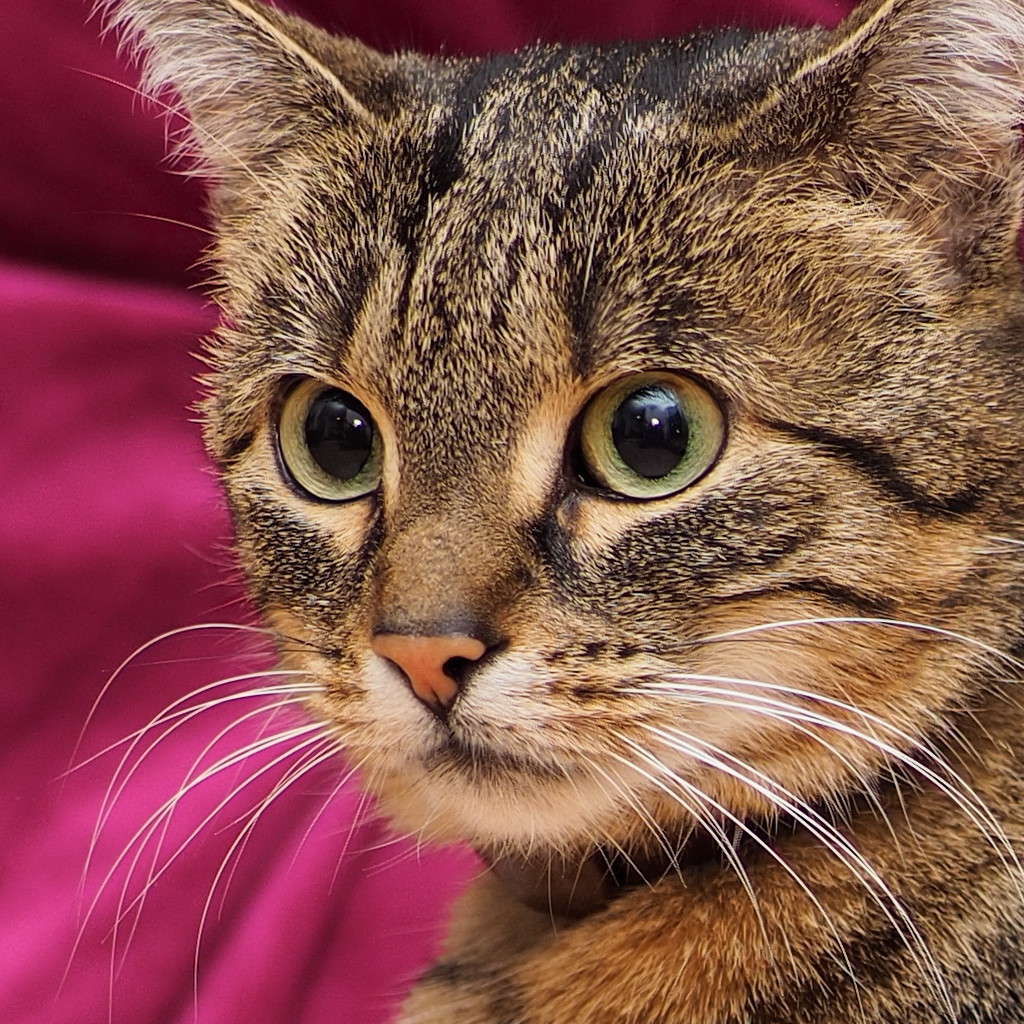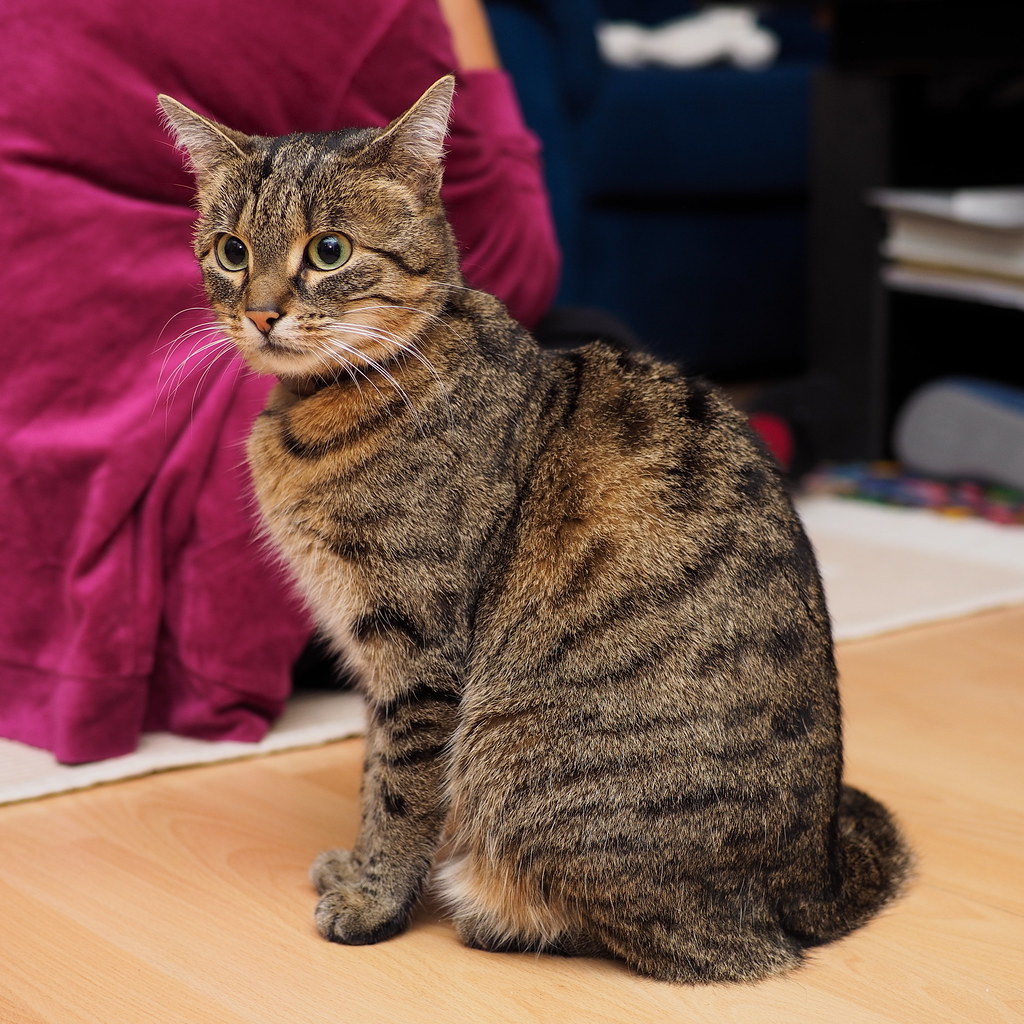As regular readers of this blog will know, I’m mostly using digital cameras in the ‘Micro Four Thirds’ format – which is exactly the same as ‘Four Thirds’, except that those ‘Micro’ cameras lost the mirror, so they’re more modern incarnations than their older DSLR brethren.
The format of both systems’ sensors is 13×17.3mm, which is bigger than the so-called “one inch”, but smaller than APS-C or “full frame” sensors which are as big as the old “Kleinbildfilm” – 24x36mm. Most portrait photographers nowadays use those “full frame” systems because of mainly two reasons: the lenses have to be twice longer for the same angle of view, so they give you another “look”, and the depth of field is much thinner with these longer lenses, so you are able to separate your subjects (models and other persons) from the background by blurring that background, which helps in getting rid of unwanted “distractions”.
Apart from that, the simple rule is that the bigger your medium – be it a digital sensor or film – the longer your lenses have to be for the same angles of view. And that gives your images a certain look which simply cannot be achieved with smaller formats.
Instead of further trying to describe this, have a look at Nick Carver taking some photos on route 66 with several different formats, from Polaroid and 4.5x6cm to 6x17cm which is pretty ‘cinematic’ as I would describe it. But also his 6×6 and 6x7cm photos from the Mamiya RZ67 cannot be replicated by anything smaller. Have a look:
So the takeaway from this is:
– yes, using film is a hassle (and he’s using Rollfilm which is quite easy to handle)
– yes, using film is expensive
– no, except with Polaroids, you won’t get instant results
But man oh man, how I love those renderings of larger formats, and the colours of both Kodak Portra (a colour negative film), and Fujifilm Velvia (a slide film, good for landscapes only).
Can’t get that with medium format digital – the biggest Sony sensors are still smaller than 4.5x6cm film, so you’d have to stitch several images after taking them with long lenses. Oh, and those sensors are not exactly mainstream yet, and so they still cost about the same as your typical middle class Mercedes limousine. The cheapest larger-than-full-frame digital camera you can buy at the moment is also one of those ‘cameras of the year’; that’d be the Fujifilm GFX. And yes, being a modern camera, it’s of course mirrorless, like the ones I’m using. Just with a slightly bigger sensor, and longer lenses.
Thanks for reading, and for watching – hope you enjoyed it.












